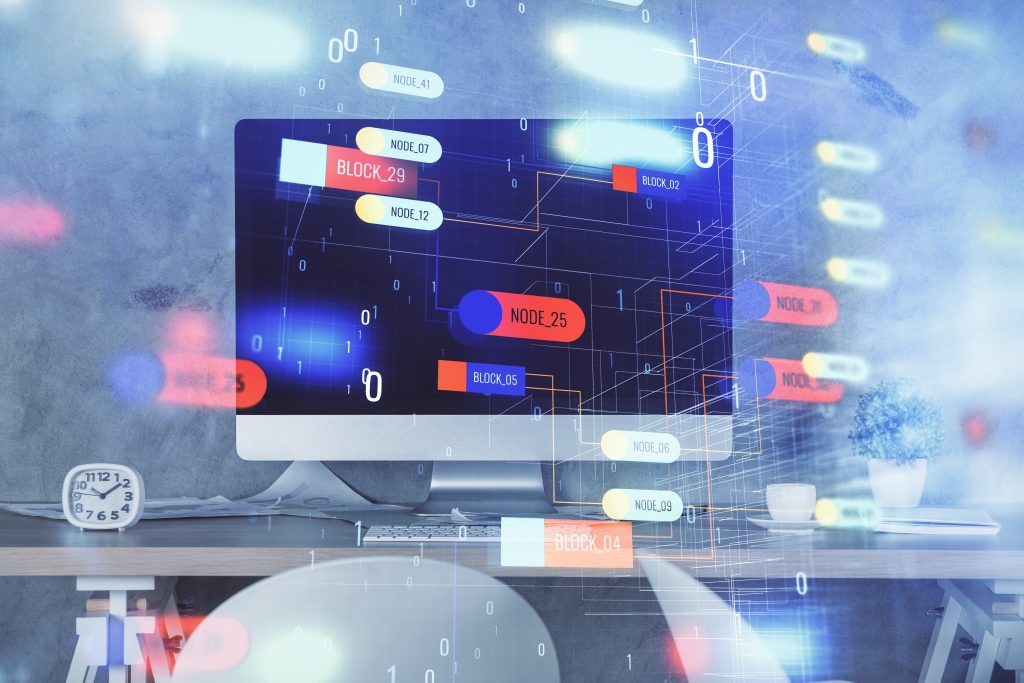
1. Decentralized Applications (dApps)
1.1. Definition and Purpose
Decentralized Applications (dApps) are a transformative product of modern tech, offering robust systems that prioritize reliability and user-control over data. By operating without a controlling central authority, dApps resist data tampering and breaches, securing your online endeavors like never before.
Emerging platforms like the DFINITY’s Internet Computer facilitate seamless construction of dApps and Web3 services on the blockchain. The array of features available–ranging from scalable smart contracts, low-latency consensus to the integration with the Bitcoin network, decentralized social media applications, and NFT storage–demonstrate the dynamic potentials of these platforms.
Let’s delve into the diverse realms where dApps demonstrate their transformative strength:
- Healthcare: Securing operations, ensuring data integrity and enhancing patient care with the adoption of secure, real-time Electronic Health Records (EHRs).
- Finance and Banking: Fostering equitable financial transactions and superior user command with the aid of Decentralized Finance (DeFi) applications.
- Supply Chain and Logistics: Integrating blockchain technology for comprehensive tracing and transparency in the supply chain management process.
In closing, dApps are not just individual components; they form a part of a bigger technological dynamic – the Web3 ecosystem. Alongside other innovative technologies, they are spearheading the rapid transition toward a more user-centric and decentralized web.
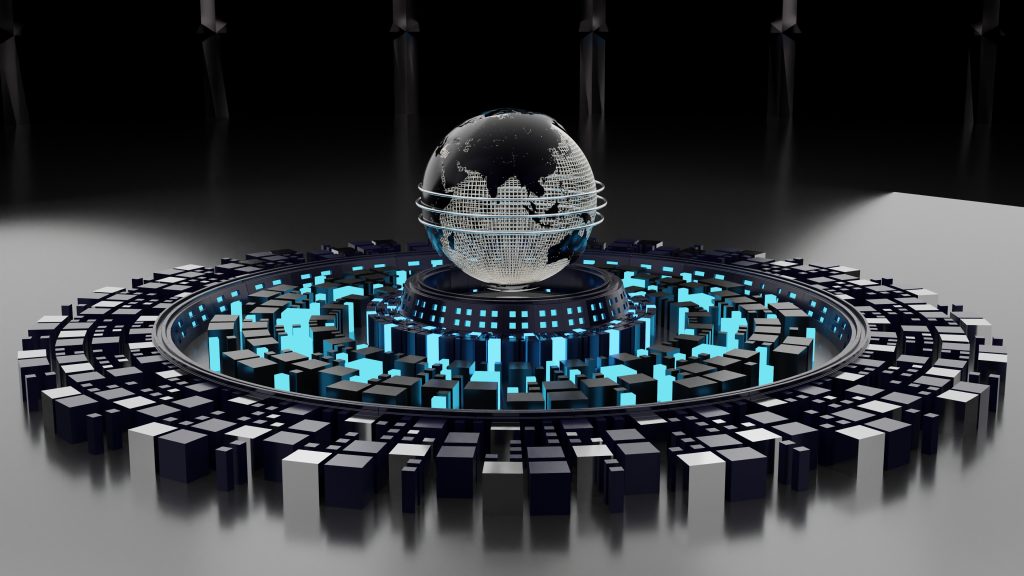
1.2. Characteristics of dApps
As an inquisitive learner eager to comprehend the dynamics of blockchain and dApps, you’re just where you need to be.
So let’s delve in:
- Revolutionizing technology: Rising as a digital revolution, blockchain offers tamper-proof, decentralized, and secure methods for data storage, sharing, and verification across an array of industries.
- Decentralization via blockchain: As a unique digital ledger system, blockchain preserves data transparency and integrity, recording transactions, and tracking assets across a network of systems, thereby eliminating the need for any central governing body.
- The catalyst for industry transformation: Innovations such as Blockchain are propelling sectors such as finance, healthcare, and retail towards high efficiency, ironclad security, and clear-cut transparency. Ground-breaking concepts like Decentralized Finance (DeFi) and Decentralized Autonomous Organizations (DAOs) are redefining functional aspects of the financial sector.
- Business applications making use of Blockchain: Businesses get a choice between developing their own custom blockchain or utilizing the services of Blockchain-as-a-Service (BaaS) providers. This approach grants them the freedom to concentrate on innovating while the BaaS manages the technical minutiae.
- DAOs empowering societies: Progressive innovations such as DAOs are empowering underrepresented communities by imparting them the right to actively participate in decision-making processes, thus fostering a realm of true democracy within various organizations.
In essence, it’s clear that blockchain technology isn’t just changing the game – it’s constructing a whole new playing field.
1.3. Advantages and challenges of dApps
When it comes to decentralized applications – or dApps – there are major benefits and hurdles to consider.
What makes dApps advantageous?
- They function on a public, decentralized network which enhances data security and boosts transparency.
- They’re designed to resist censorship and thanks to the distributed hosting across the network, they maintain impressive uptime.
- They present opportunities for monetization by rewarding users for their active participation and tangible contributions to the network.
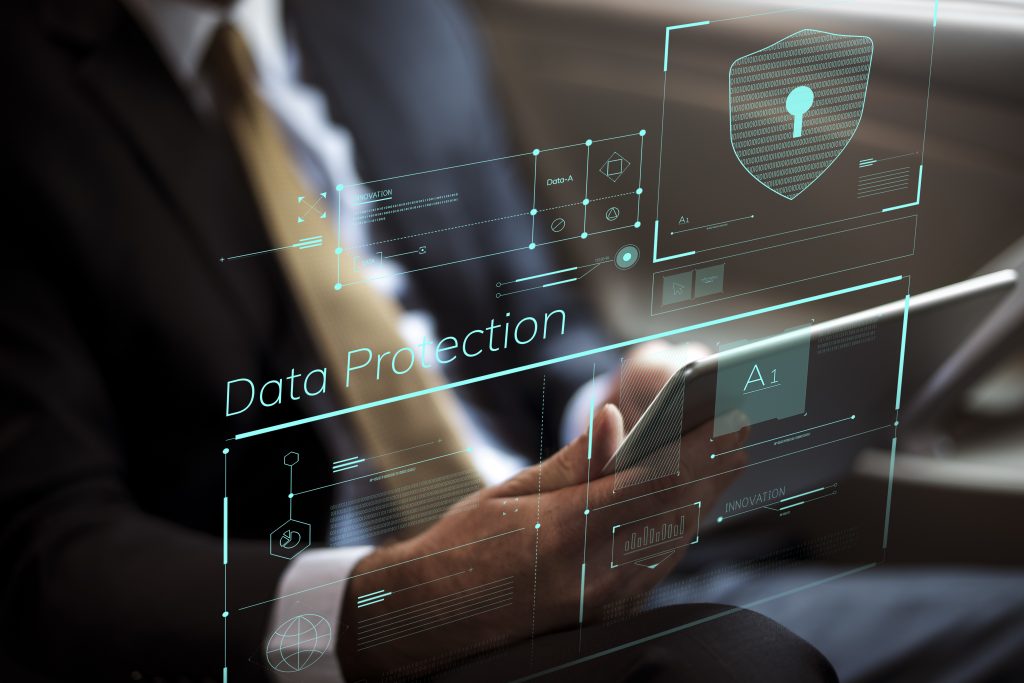
Now, what about the challenges?
- Regulation in the blockchain space can be inconsistent, which is a natural consequence of the technology’s infancy.
- Solving technical concerns like scalability and intercommunication between different blockchains (interoperability) is an ongoing endeavor, the outcome of which will influence dApps’ feasibility and popularity.
- For newcomers, the concepts of blockchain and decentralization could be difficult to grasp, meaning a steep learning curve may deter some.
- In some cases, because this technology is still maturing, transaction times may be slower and user capacities lower when compared with traditional apps.
The future of dApps is heavily reliant on overcoming these challenges. As they resolve technical issues, navigate regulation, and ease accessibility, wider adoption will naturally follow.
1.4. Type Varieties of dApps
Indeed, dApps are revolutionizing diverse fields, bringing with them a spectrum of types:
- Economic dApps: These innovative dApps aim to reconstruct traditional financial mechanisms, making lending, investments, and peer-to-peer transactions feasible without the need for centralized intermediaries. Key players in this category include DeFi applications established on the Ethereum blockchain.
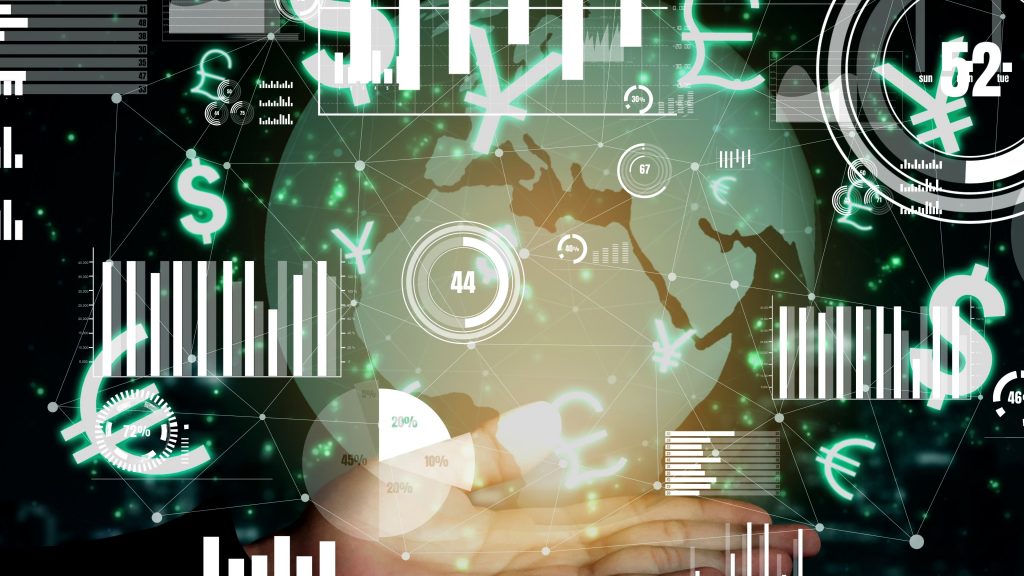
- Social dApps: Challenger to conventional social networking mediums, these dApps prioritize user data ownership. ‘Peepeth’, a decentralized iteration of Twitter, stands as a robust example.
- Gaming and Metaverse dApps: These dApps amplify value and agency within the realm of the digital landscape, with ‘CryptoKitties’ and ‘Decentraland’ serving as exemplars.
- Tech-centric dApps: Providing a sandbox for tech enthusiasts to experiment and test novel use cases in a decentralized environment, these dApps are the foundation of future Technological evolvement.
In essence, dApps herald a more transparent web medium, emphasizing user empowerment. This reinforces the potential of Web3 technologies to bring about fundamental changes in the fields of web development and online user engagement.
2. Web3 and Its Impact
2.1. Web3 Definition
If you’re wondering about Web3, think of it as the next phase in the evolution of the internet. It’s decentralized and focused on the user, putting control back into your hands.
2.2. Key Components of Web3
The Web3 universe is built on a few essential pillars:
- Blockchain technology: This is the skeleton of Web3 and dApps. It relies on a network of crowd-sourced nodes to replace vulnerable central servers, ensuring security and transparency.
- Smart Contracts: Imagine contracts that auto-execute and auto-verify themselves. That’s what smart contracts do, eliminating intermediaries and boosting efficiency.
- Decentralized Identity: In the Web3 world, you control the river of your personal information, ensuring your privacy and data sovereignty.
2.3. Web3 Applications vs dApps
Let’s shed some light on the commonalities between Web3 apps and dApps:
Differences Between Web3 App and dApps
| Categories | Web3 Applications | Decentralized Applications (dApps) |
|---|---|---|
| Definition | A new generation of online platforms leveraging decentralized network for improved user engagement, privacy, and control. | Applications that run on a blockchain network, automating business processes and transactions with the help of smart contracts. |
| Operation | Operates as a complete system capable of working on a decentralized web; includes services like decentralized identity and blockchain-based currencies. | Built specifically on blockchain platforms like Ethereum, using a platform-specific cryptocurrency for transaction execution. |
| Position in Web3 Movement | Provides the broad infrastructure for the new internet model. | Considered a part of the broader Web3 movement; represents applications built within this framework. |
2.4. Impact of Web3 on Industries
Let’s delve into the potential impact of Web3 and dApps across various industries. As you navigate through this informative journey, it’s essential to appreciate the transformative value these technologies hold in making operations more transparent, efficient, and secure.
- Healthcare: Web3 and dApps synergize to unlock exemplary innovations in healthcare. Picture secure patient data sharing processes, traceable supply chains for medical supplies, and even automated treatment plans – all made conceivable through these decentralized technologies. It’s an era where patient care takes center stage, buttressed through real-time, secure electronic health records (EHRs). Blockchain, the underlying technology here, essentially fortifies healthcare offers, ensuring high-quality health facilities and seamless patient data management.

- Finance and Banking: Decentralized finance (DeFi) is redefining traditional banking underpinned by Web3. dApps tailor the route to streamlined, immutable financial transactions and services – democratizing finance like never before. The power is now moving back into the hands of the people, and corporations are steadily warming up to this financial revolution.

- Supply Chain and Logistics: Picture a world with real-time tracking of goods, where the supply-data is untampered and easily auditable. Such is the promise of Web3, fuelling trust and transparency across supply chains and logistics. Blockchains enable this through a shared, immutable ledger, reinforcing true accountability from product conception to delivery. Now anyone involved in the process can access this single source of truth anytime, anywhere.
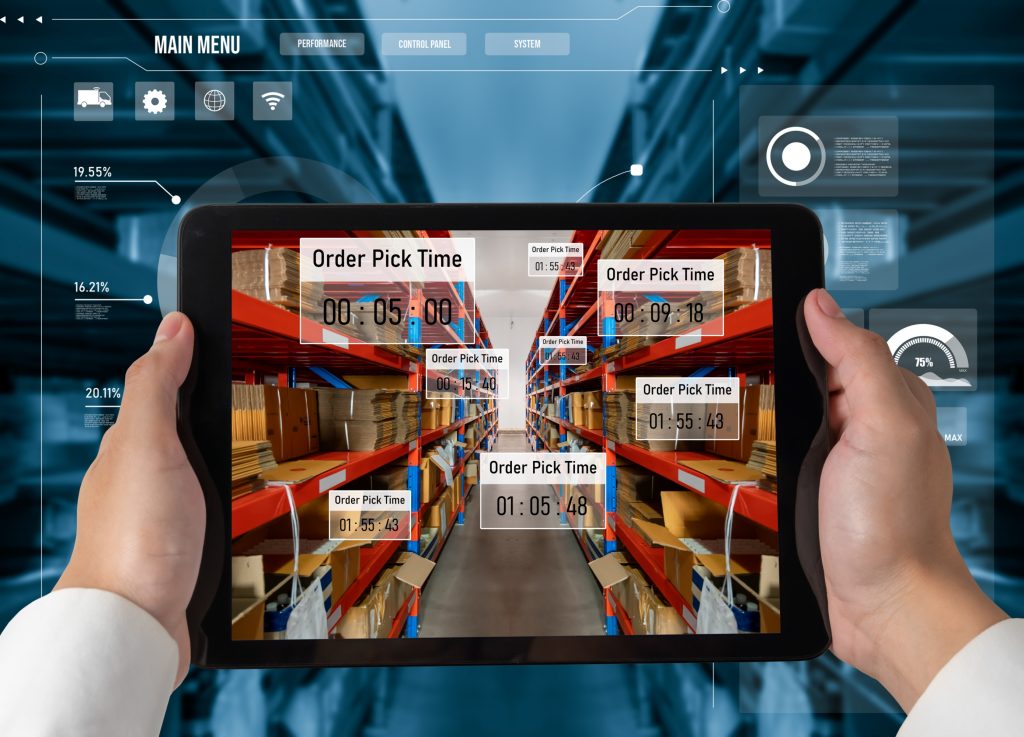
As we glimpse into this decentralized future, it’s evident just how these technologies could recalibrate daily operations across industries. Yet, it’s still early days, and we must navigate ebbs and flows as they surface – continually learning, tweaking, and moving forward.
2.5. Future of Web3
As we delve into the vast landscape of Web3, we begin to appreciate the transformative potential of this groundbreaking technology. Making waves across diverse sectors, Web3 is revolutionizing online interaction and service delivery with seminal applications in education, art, and decentralized governance.
- Education is being re-imagined through Web3’s facilitation of knowledge dissemination and credential validation, leveraging blockchain’s inherent transparency and security features.
- The artistic realm is witnessing a paradigm shift with Non-Fungible Tokens (NFTs). Powered by Web3, NFTs enable artists to retain control over and shield their digital artwork, catalyzing a more equitable environment for creative expression.
- In the sphere of governance, Decentralized Autonomous Organizations (DAOs) introduce a democratic and transparent approach to decision-making, demonstrating the potential of this technology to re-engineer society at large.
To remain au courant with Web3’s transformative trajectory, businesses must ensure consistent knowledge acquisition. Consider, for example, the course ‘Cryptocurrencies and Blockchain Technologies’ offered by Stanford Online for comprehensive insights into the digital landscape of tomorrow.
Undoubtedly, the future of Web3 teems with disruptive possibilities. Yet, these changes aren’t without their challenges. As we look ahead, it becomes increasingly evident that the potential benefits and alterations Web3 could introduce across industry sectors are well worth the thorough exploration and embracement.
2.6. Limitations and Challenges
As excited as we are about the potential of Web3 and dApps, we also recognize the real challenges that these emerging technologies face. Here are important points to ponder:
- Scalability: Blockchains often struggle with slower transaction speeds and high costs due to complex consensus algorithms necessary for maintaining decentralization.
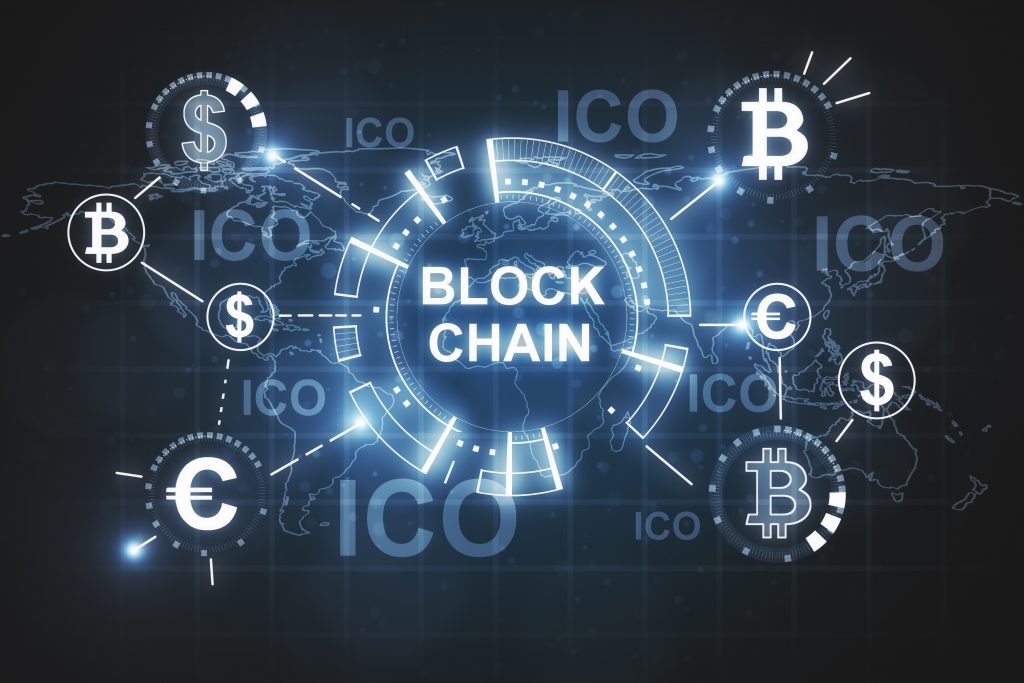
- Accessibility and User-friendliness: Interacting with Web3 applications can require a certain level of technical knowledge, which could hinder mass adoption.
- Regulation and Governance: Web3 operates within a largely undefined legal framework. Until global legal systems can keep up with understanding and categorizing these new technologies, regulatory uncertainty may limit growth.
- Energy Consumption: High energy costs associated with considerable power-hungry blockchains, particularly those employing Proof-of-Work consensus mechanisms, raise concerns about long-term sustainability.
In spite of these tough issues, remember that all technological advancements have their share of challenges. The beauty of Web3 is its organic evolution and its ability to adapt to new problem-solving strategies, heralding a revolutionized and democratized internet.
3. Web3 and dApps: A Web Development Revolution?
It’s highly likely that Web3 and dApps will revolutionize web development and online interaction, attributable mainly to:
- Web3’s decentralization, privacy enhancement, and elimination of intermediaries.
- The dApps’ promotion of autonomy, open access, and transparency.
These profound changes can shape web development and online interaction through:
- Decentralization: Enabling direct interaction and data control by users.
- Secure transactions: Providing anonymity, speed, and security, fostering more efficient digital services.
- Smart contracts: Cutting costs in contract enforcement and facilitating trustless interactions.
- Integrated payments: Allowing seamless micropayments and transfers with cryptocurrency integration.
These technologies can benefit industries like media, education, insurance, and government, facilitating automation and improving privacy. However, challenges concerning technical complexity, scalability, and regulatory clarity should be alleviated for large-scale implementation.
In essence, Web3 and dApps promise a redefined web development and online interaction landscape, promoting transparency, privacy, and user control. A transformation is impending!

4. Final Thoughts
Web3 and decentralized applications (dApps) stand to revolutionize the web, offering:
- Enhanced transparency, security, and user control
- Innovative solutions and potential disruption in industries such as education, healthcare, insurance, and media
- Better data control and security along with reliable peer-to-peer interactions
However, the transition brings about:
- Challenges in creating user-friendly and functional dApps that could compete with Web2 applications
- A significant investment of time and resources
In conclusion:
- Web3 and dApps represent a future where users have more power and control
- While the journey may be complex and uncertain, the potential rewards are monumental
- Despite the challenges, we are standing on the brink of a major web revolution
Frequently Asked Questions
dApp, short for “decentralized application”, is an application that runs on decentralized networks such as blockchain. Unlike typical apps, it’s not controlled by a single authority, offering users more control over their data.
Web3, also known as Web 3.0 is the next generation of the internet. It enables direct peer-to-peer interactions, eliminates middleman, and enables users to have control over their own data. This will create a more decentralized and democratic version of the web.
Unlike Web 2.0 where data is controlled by central organizations, Web3 allows users to own and control their data. Additionally, while Web 2.0 relies on a middleman (like a bank or a social media platform) to validate transactions, Web3 uses smart contracts to perform this task automatically.
Various sectors can reap the benefits of Web3 and dApps, including media, healthcare, education, logistics, and insurance. For instance, dApps can provide transparent product reviews, significantly reduce fraud, enable copyrights handling in media, and even streamline healthcare record management.
While these technologies have numerous benefits, they also face hurdles. Performance problems due to the complexity of blockchain technology, scalability issues, a lack of user-friendly applications, and concerns about data privacy are some of the significant challenges that need to be addressed.
Not exactly. While using Web3 and dApps does require a learning curve, there are continual strides being made towards user-friendliness. The future of the internet will likely incorporate these technologies seamlessly into everyday online activities.
References and Resources
- Buchko, J. (2021). ‘Exploring Decentralized Applications (dApps)’. Investopedia. https://www.investopedia.com/terms/d/decentralized-applications-dapps.asp
- Nakamoto, S. (2008) ‘Bitcoin: A Peer-to-Peer Electronic Cash System’. https://bitcoin.org/bitcoin.pdf
- Swan, M (2015). Blockchain: Blueprint for a New Economy. O’Reilly Media. https://www.oreilly.com/
- Mougayar, W (2016). The Business Blockchain: Promise, Practice, and Application of the Next Internet Technology. Wiley.
- Ethereum Foundation. ‘White Paper: A Next-Generation Smart Contract and Decentralized Application Platform’. https://ethereum.org/en/whitepaper/
- Meteoric, J (2020). ‘Web 3.0: The Future of the Internet’. Medium. https://medium.com/better-programming/web-3-0-the-future-of-the-internet-930ba04e3c1c


